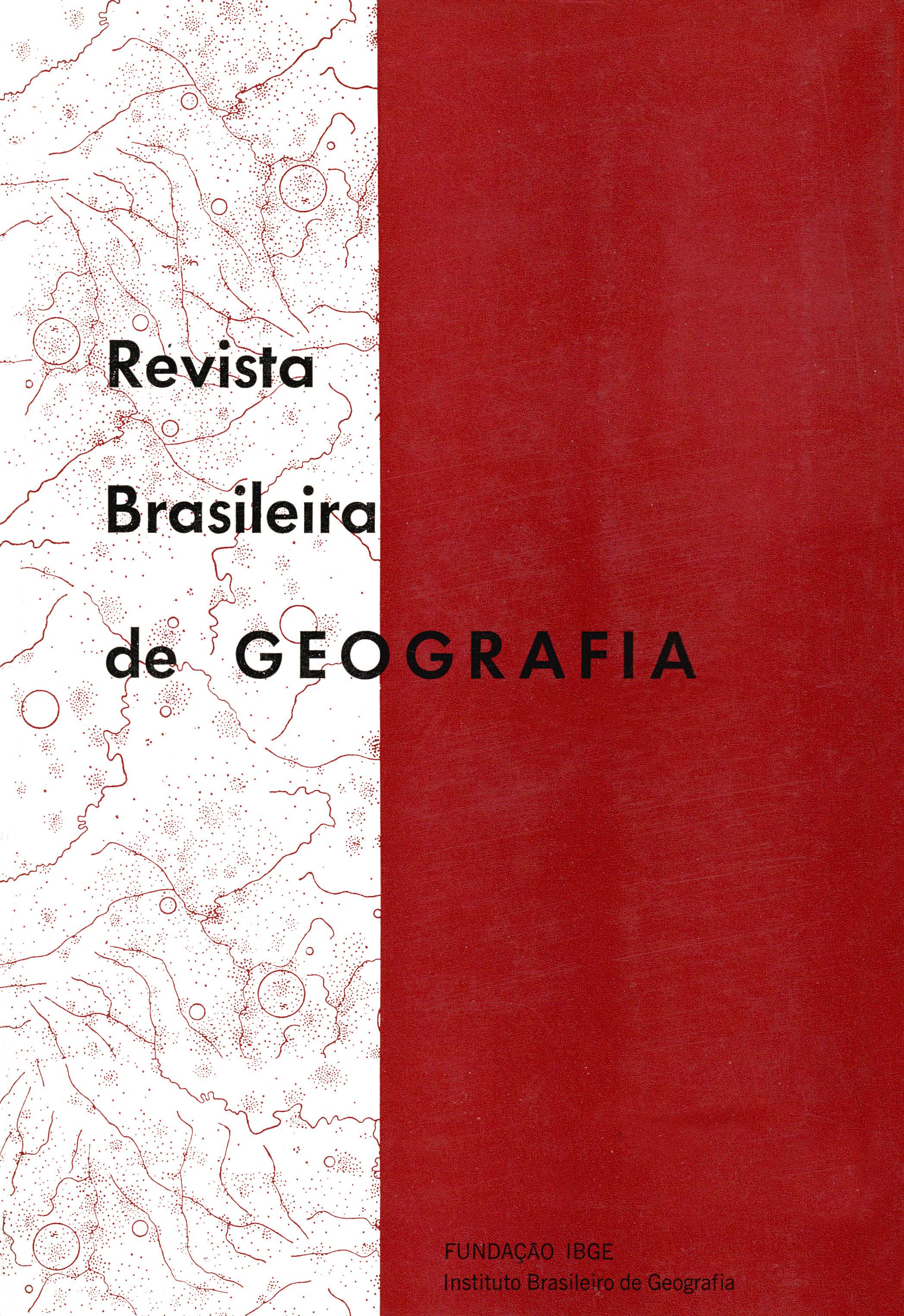Estudo locacional para a implantação de escolas profissionalizantes de 2° grau no Município de Nova Iguaçu, Rio de Janeiro
Palavras-chave:
Rio de Janeiro - Estado, Nova Iguaçu - RJ, Educação, Ensino de segundo grau, Geografia, Localização das escolasResumo
This location study intends to provide a contribution for those in charge of carrying out an educational policy for the professionalizing aims of the Law n.° 5.692/71 - Educational Reform in the Primary and Secondary levels.
An attempt was made to base this study on a satisfactory proposition, that ls, an attitude of expectation whose aim would be, within the limits, to maximize the results that the localization of the professionalizing high schools would bring to the potential population, and at the same time to minimize the costs concerning the construction of schools and the displacement of pupils.
This study was based on classical location theories and on empirical studies related to the localization of educational services. As to the methodology of research adopted, variables considered as the most significant in solving the location problem of high schools were taken into account, presenting alternatives in the localization of such schools in the Município of Nova Iguaçu, Rio de Janeiro. The following two parameters were considered:
I. schools for 1.800 pupils - an Ideal which would attend 100 per cent of the demand evaluated in 1976;
II. schools for 2.400 pupils - a more practicable project, for it reduces the costs related to the construction of new schools.
The guide for this study was the demographic density and the demand for schooling concerning the age group between 15-18, as well as the access to the places suggested for the construction of schools. Nova Iguaçu, which was chosen for this study, had a population of 931.954 inhabitants in 1975, but, among other lacks, revealed that only 9. 637 pupils were enrolled in high schools, although the potential clientele for such schools was of about 67.906 pupils, considering only the 15-18 age group.






